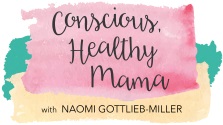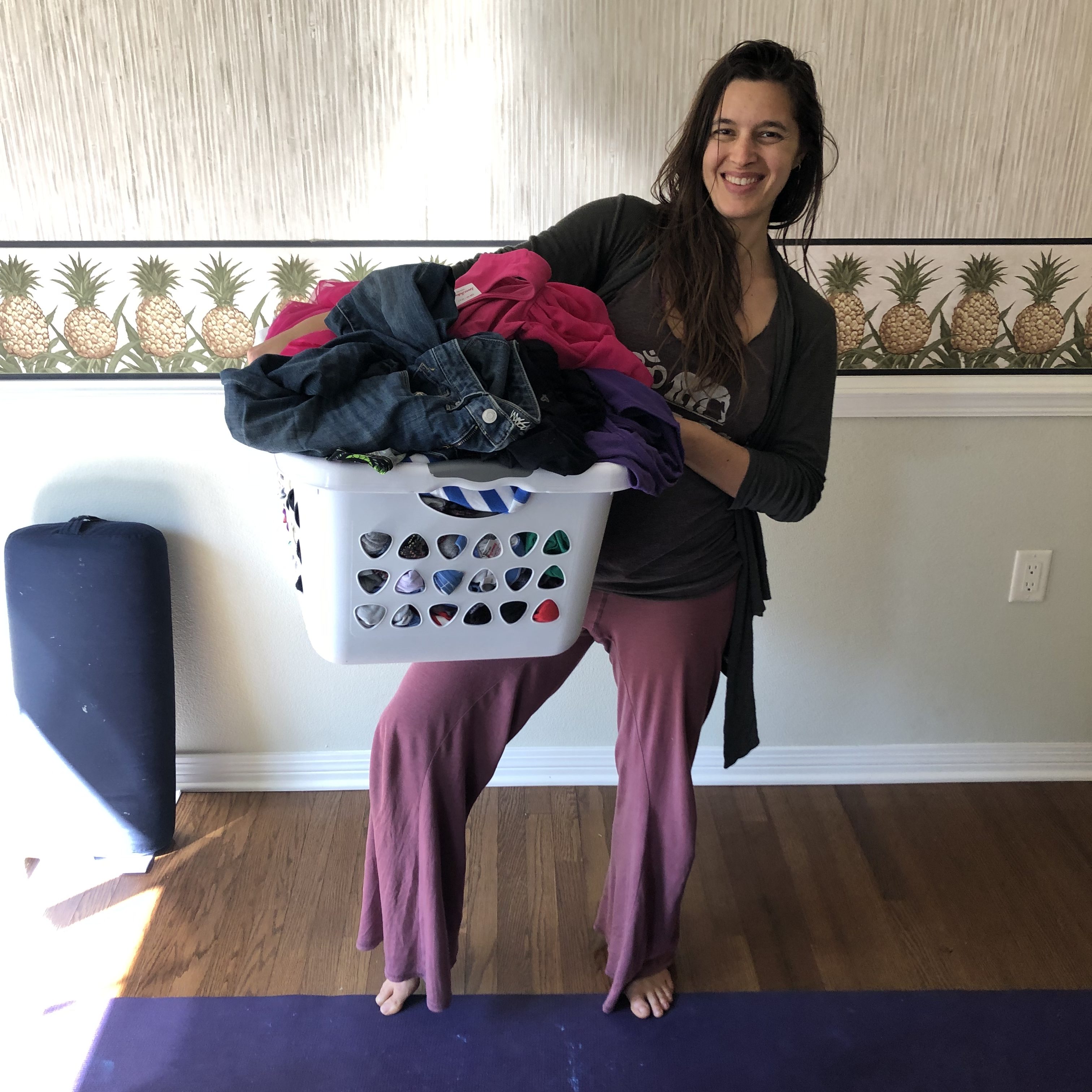Kids definitely make it tough to go green. Tough but not impossible. Here are 3 easy ways to green your mom life, while saving a little money and giving you some extra time, too.
1. Bath time is twice a week, instead of every night.
Kids get dirty, but not so dirty that they require a full body scrub down every night. Plus, taking too many baths (or showers for that matter) can dry out your skin in a big way, especially in the drier, colder, windier months of Autumn and Winter.
Even if they’ve colored their entire bodies with washable markers, it’s not the end of the world to leave them tattooed for a day or 2. They’ll love it. Or they’ll learn a lesson about permanence.
Either way, kids can also stand being a little dirty from time to time. In our overly sanitized world of anti-bacterial hand sanitizers and daily baths, we’re actually making it easier to weaken our immune systems. Overusing hand sanitizer can make ourselves vulnerable to superbugs and infections, as well as resistant to certain anti-biotics. Hand sanitizers were developed for doctors and nurses in hospitals. They were never intended for daily use.
For most people, getting into contact with germs and dirt is not a bad thing. It can build your resistance to viruses and can strengthen your immune system. Plus, instead of making us afraid of getting dirty, we can enjoy the fun that goes along with some of those “getting dirty” activities, for kids and adults alike.
Here’s the environmental breakdown:
A full bath is about 70 gallons of water. A 10-minute shower is anywhere from 15-25 gallons.
If you gave your kids a bath every single night, that’s 490 gallons of water per week. If you gave them a bath 2 nights a week that’s 140 gallons of water per week.
Annually you’d save: 18,200 gallons of water.
That’s a lot of water.
Also, ditching daily bath night gives you a little more time to enjoy the evenings and wind down with your kids in other ways, like board games or reading more books or going for an evening walk.
2. Only wash clothes that are actually dirty
Yes, kids get dirty. See Number 1. But their clothes don’t always get as dirty as we think. So for example, my daughter likes to wear skirts over her pants. The skirts are rarely dirty after one wear. They’re also not as close to her body as a t-shirt or underpants, so they’re less likely to be smelly. Unless she has physically rolled in mud wearing the skirt, it goes back in the drawer for a few more wears. I do this with her sweaters and long sleeve shirts, too.
Same with my son. Pants and hoodies get worn more than once before washing unless they’ve got food spilled on them.
I actually do this with my own clothes, too. I wear my jeans and my yoga pants several times before washing. And same with some of the shirts
I’ve also started having my kids wear their pj’s more than once. I wear the same PJ’s several nights in a row until I do the next laundry. Why can’t my kids?
Here’s why this benefits you:
First, the more frequently you wash clothes, the faster they wear out – especially if you’re washing them in hot water. The longer your clothes last, the less money you spend on new clothes (whether you buy them new or from a thrift store).
Second, the fewer clothes that go into the laundry means you’re doing laundry less often and smaller loads, too. Hard not to love that.
Finally, fewer loads and washing less clothes will help you conserve a little water. Typically, a full load of laundry in a high efficiency washer uses 15-30 gallons of water. However, if you have an older washing machine, it might use 25-49 gallons of water.
Personally, I’m working towards doing 1 load of clothing laundry per week, plus a second load of towels/sheet/ cleaning rags laundry every other week.
Over the course of a month and a year, that can save you lots of time and lots of water. Not to mention, lighten your water bill and how much you spend on new clothes.
3. Ditch plastic bags at the grocery store for produce
You know what’s ridiculous? Putting a watermelon in a plastic bag at the grocery store. Or bananas. Those definitely don’t need an additional carrier from your cart to the cash register to your grocery bags.
And you know what? Neither do your oranges or apples or peaches or mangoes or cucumbers or red peppers or sweet potatoes or even your kale. All of those things can go directly into your cart, then from your cart to the checkout, and then from the cashier to your bags.
Bonus if you’re using reusable bags, by the way.
Also, your frozen goods do not need to be put in an extra plastic bag. Neither do the small containers of food you’re getting (sometimes they try to put plastic around containers or hummus or other store bought deli products).
All of these things will be JUST FINE without an extra bag.
Plastic bags are incredibly difficult to recycle. You can’t put them in your at-home recycling, unless you have Terracycle boxes. Some grocery stores have bins where you can drop-off your plastic bags, but too often people mistake those for trash cans or basic recycling and all kinds of things get dumped in there.
So the best practice it to avoid ALL PLASTIC BAGS EVERYWHERE.
BONUS: This can also include when you go to Target or CVS or anywhere someone might give you a plastic bag. You can always use a reusable bag in these places, too. Say no to plastic bags for produce and you will significantly reduce your plastic waste.
Say no to plastic bags at ANY store that offers them for whatever you’re buying and you will reduce your plastic waste even more.
What are some ways that you green your mom life? Let me know in the comments below.



